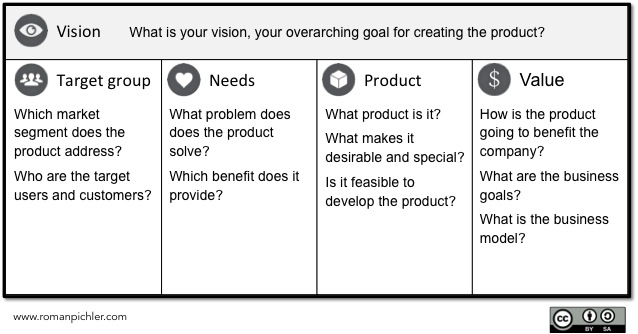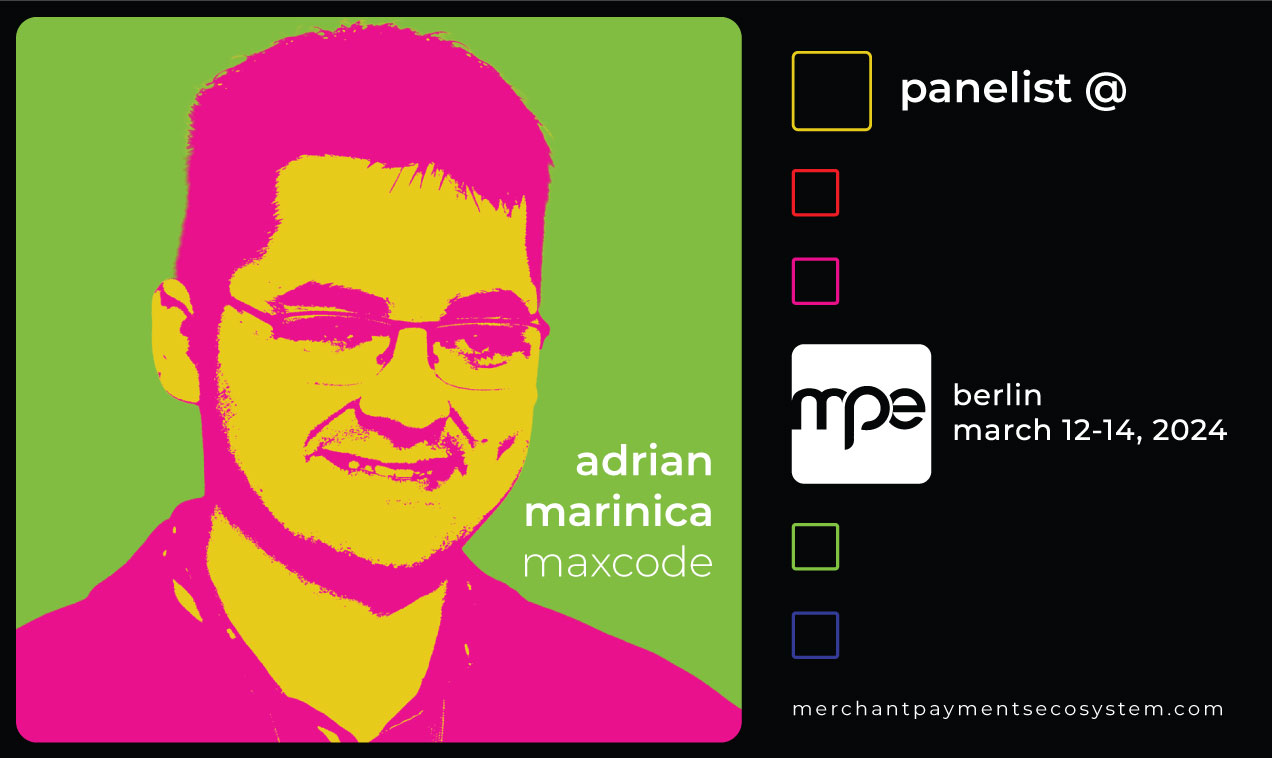Established companies still consider product development through the old-fashioned waterfall approach. This is mainly due to the inherent need for predictability when trying to secure budgets and build up a financial plan.
However, as we all know by now, none of these products will end up being released at the right time or within the initial budget. The bigger the scope of the product, the more room for error in the overall plan.
Even though we work with large companies as well as startups, we’re often faced with the need to explain our Scrum approach in relationship to a waterfall approach. As much as we try to steer away from long discussions on procedures and methods, in most cases we find ourselves going back to this discussion in order to get things done, and send the message across.
To start a software development project in the right way, you need to have the correct approach from the very beginning, even before you secure a development team be it hired or subcontracted. Envisioning your product is key and it should be simple. You should not see this stage as a “scoping” project that lasts for months and that produces a detailed specification and a complete functional and user interface design. It’s the vision that matters.
“The minimum plan to start a Scrum project consists of a vision and a Product backlog”
Ken Schwaber
Product vision – the basics
Product envisioning should involve the right people in an iterative analysis process. The goal of this stage is to learn the important things.
“There are things we do not know we don’t know.”
Donald Rumsfeld
Use the envisioning stage to attract people who can help you identify those unknown things that could impact your project. Make sure that your team is balanced and that it encompasses the necessary knowledge from all the key areas of the project. Keep in mind the following:
- Business people from your organization or other connections can provide business insights into the market, operational and marketing challenges. Imagine that you’ve been focusing on payment security as a primary unique value proposition for your new product. While security is oftentimes taken for granted, the market is more concerned about user privacy than transaction security but this topic only comes out in product-related conversations, not in a press release that you can find online. Sales people, business development people, CEOs of similar product companies have an in-depth understanding of the main business challenges as they are fighting them all day long.
- Collect technical insight from a potential development team and allow them to share their conclusions throughout the envisioning process, by mapping out possible technical solutions as you move along. By understanding the business challenges, they will provide valuable input on what you can or cannot do. You will need this information when deciding what is important for the business and what is not in terms of product development. It will also enable you to connect key points between business feedback and user feedback.
- Collecting information from real customers and users is always helpful. You don’t need to have a complete, full-featured solution in order to ask for feedback. You’ll want to validate if the basic product idea appeals to them and then they will ask you questions about how it works. These questions are crucial, as they hint towards the type of features they consider to be most important and the value they see and expect from the system.
Having business people, your technical team and a customer voice in the same room for during envisioning sessions can help reduce the time spent defining the core product vision by several days, weeks or even months. If you do your homework right before bringing them all together, you will be able to control and shape the conversation.
It’s important, however, that you never try to have that meeting for the sole purpose of convincing them of your plan. Turn every idea that you have into an assumption and formulate it as such. The goal of having all these people together is not to get consensus that your plan is good, but to get consensus on a good plan.
5 steps to create a product vision
In order to achieve good results you need to plan the envisioning process. In our experience, there are a few fundamental pointers you should pay close attention to:
- Build up the first product vision yourself. You will need to do research on your target market, your prospects’ needs and the value that you bring with your new solution.
- Use the product vision to create your envisioning team. Present it to people that can support you with business, technical and customer insights.
- Focus your efforts on the core product, not on secondary features. What should the product do well? List everything you think the product should be about and use the envisioning team to challenge the importance of each idea and create a Minimum Viable Product definition. This should be a repeatable process during development as well, and you should continue to constantly define your new MVP as you progress.
- Plan for sessions with other people that can help you check assumptions about the market, customers or users. Get the development team to challenge technical assumptions.
- Keep everything as simple as you can. Sketch ideas on paper, don’t build Powerpoint presentations. Draw wireframes instead of prototyping designs.
The expected result
To ensure that you have the right results, make sure that when you’ve reached the end of the envisioning phase you have three important things clearly defined.

- A product vision that contains market, product and value information. You can use the template from romanpichler.com as a basis (see above).
- The first product backlog that contains the high level items (epic). This is meant as a work guide for the team and product owner to break down further into user stories.
- The business case for the product that you can use to give elevator pitches for example. You can use the Business Model Canvas as framework.
- Done right, this can jumpstart your new product development and allow you to build a focused plan. It supports the long-term view as it generates the core vision of the product. As you progress, you can always revert back to this and see if you deviate from what is needed, and if you focus on the right things.




